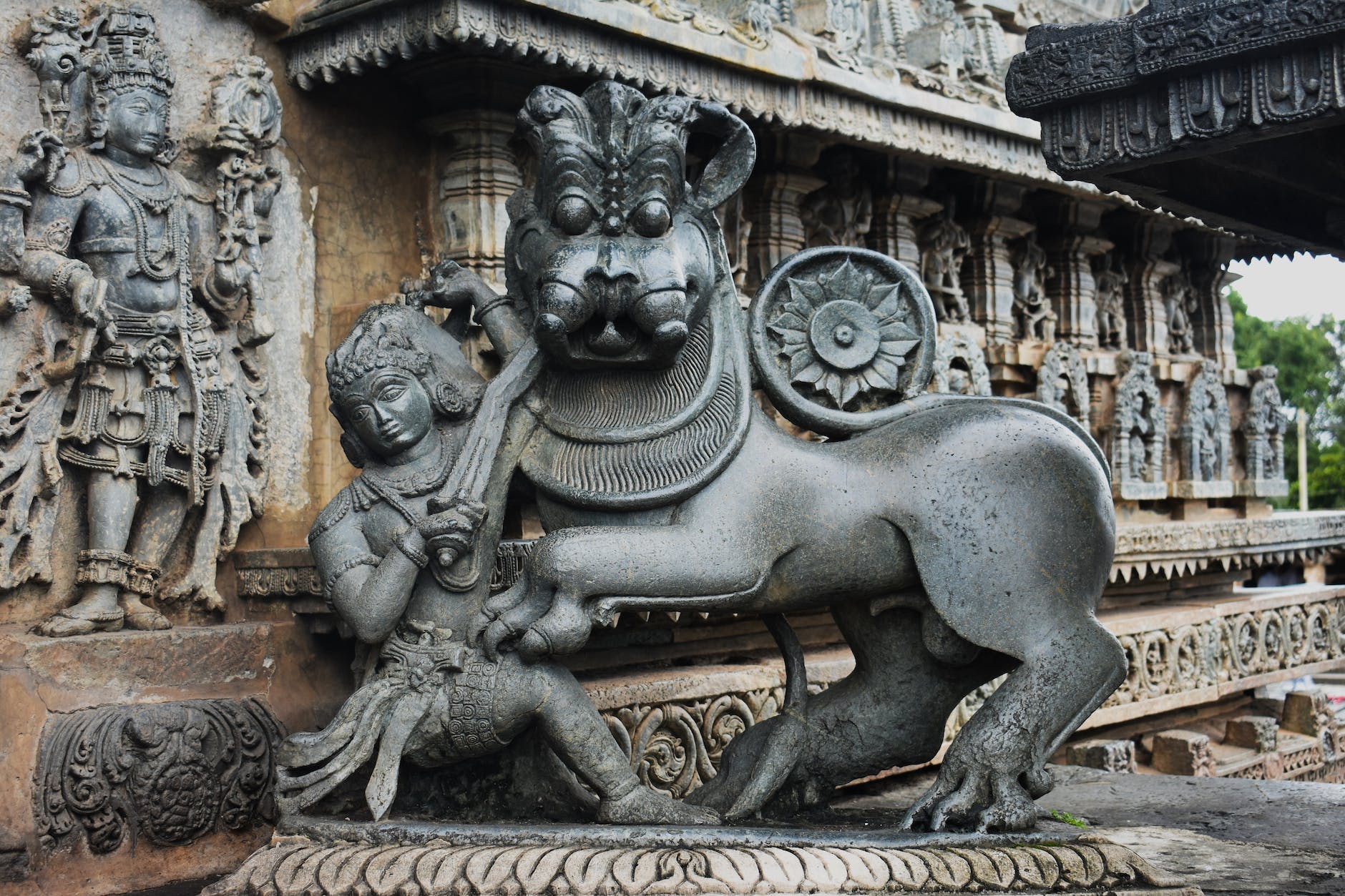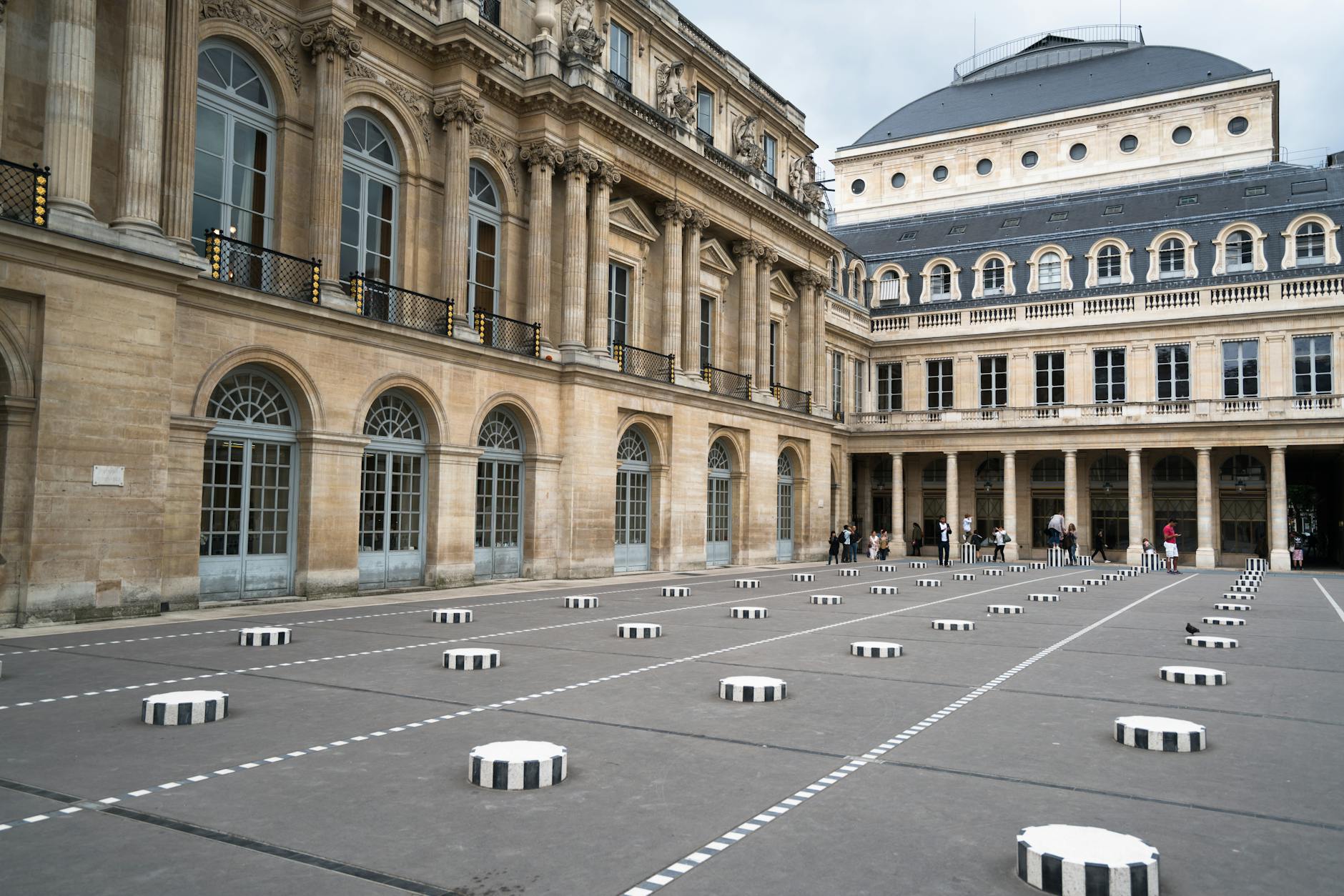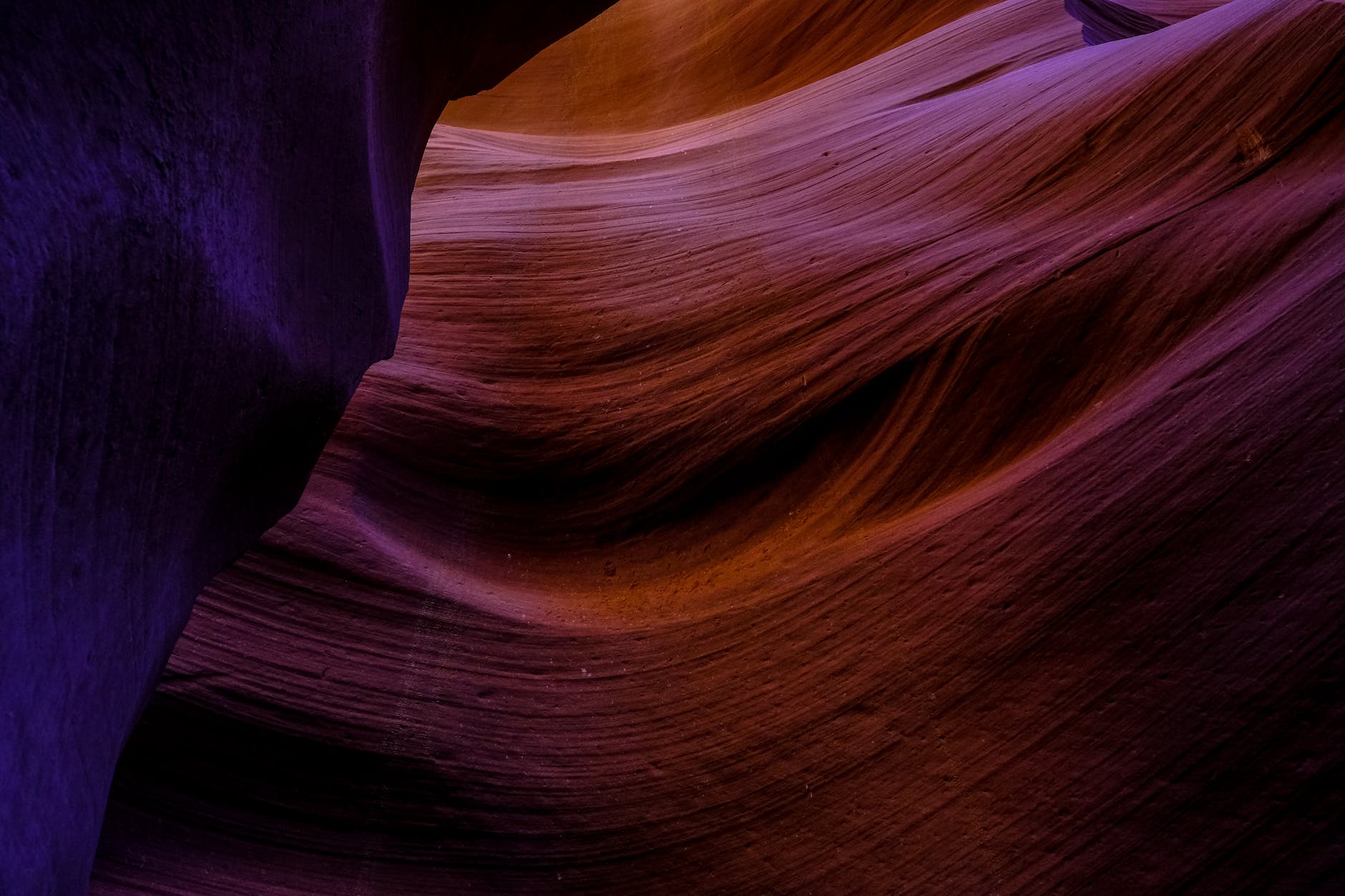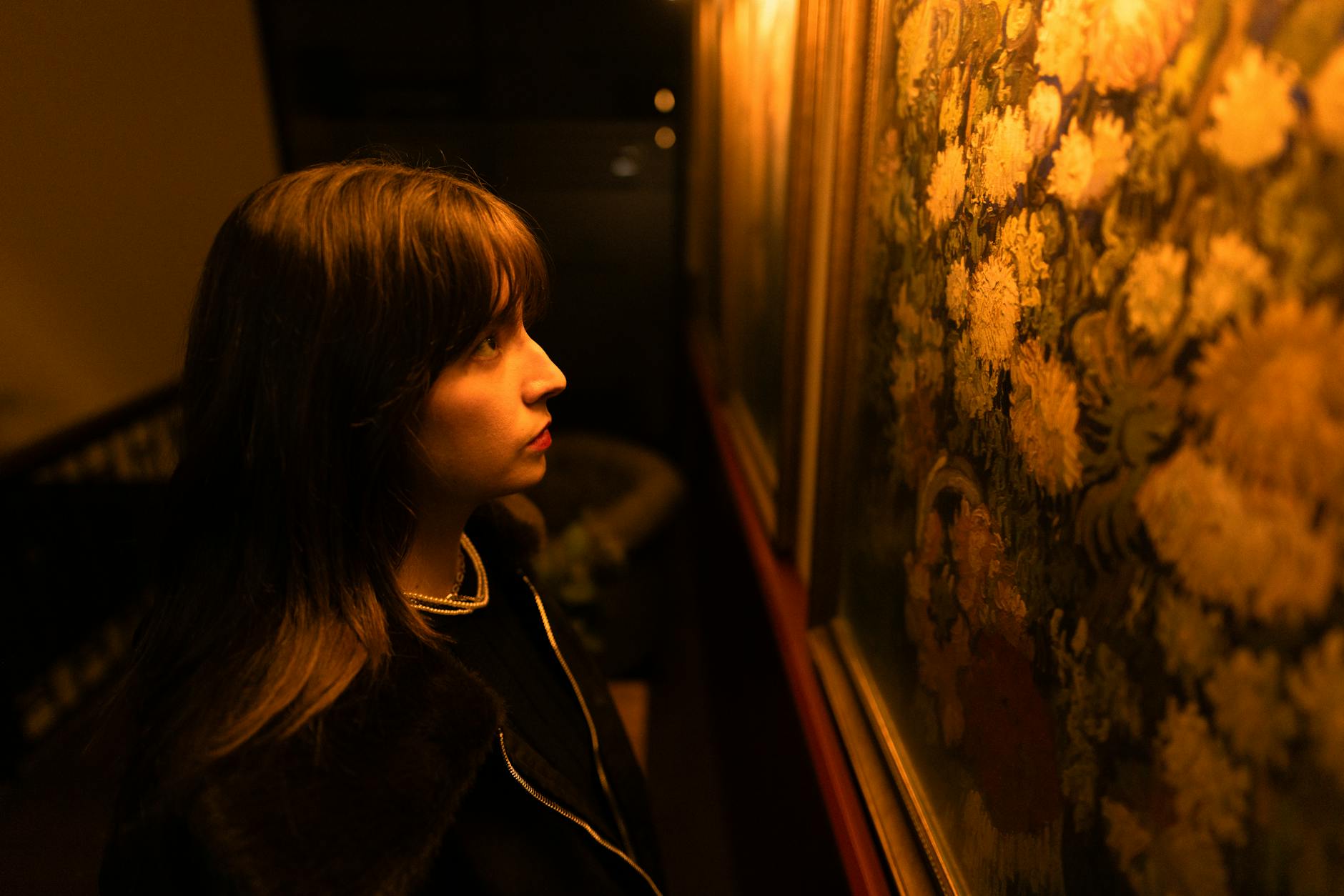Few art forms have the power to change our perception of reality quite like Psychedelic art. This genre is characterized by mind-altering visual experiences containing striking, multicolour motifs, intense detail, surrealism, and symbolic representations born out of the psychedelic experience. The influence of Psychedelic art on consciousness extends far beyond simple artistic appreciation, mediating a profound impact on the viewer’s worldview and internal life.
Psychedelic art is created with the intention of capturing or replicating the sensory experiences stimulated by psychedelics, which is a segment of substances known for their mind-altering effects. These substances, including LSD, psilocybin mushrooms and peyote, have been used for millennia by various cultures seeking spiritual growth and expanses of consciousness.
The birth of Psychedelic art occurred in the 1960s, coinciding with the spread of these substances among Western youth cultures. Artists like Peter Max, and later, Alex Grey and Luke Brown, sought to depict their mind-altering experiences through their work, thereby influencing the consciousness and perception of their viewers.
Key to understanding the influence of Psychedelic art on consciousness is appreciating its intense visual experience. This art form seeks to stimulate a sense of losing one’s self normative boundaries and perceiving a more connected, unified reality, mimicking the experience of a psychedelic journey. The vibrant use of colour, intricate details, and swirling patterns might evoke a sense of disorientation, provoking the viewer to question the nature of their everyday perception.
Furthermore, the symbolism commonly found in Psychedelic art also plays a significant role in its consciousness-shaping power. These symbols often stem from various spiritual traditions or personal insights from the artists’ psychedelic experiences. For example, the reoccurring theme of interconnectivity in Psychedelic art reflects the transcendental experience of unity and interconnectedness often associated with psychedelics use. These symbols can stimulate insights and introspections in their viewers, contributing to the consciousness-altering potential of Psychedelic art.
The Surrealist aspects of Psychedelic art further augment this genre’s power to shift consciousness. Comparable to Surrealist art, Psychedelic art harnesses the power of dream-like sequences, bizarre juxtapositions, and irrational scenarios, peeling away the layers of our entrenched rational understandings and expectations of the world. By doing so, it invites the viewers into a world of otherworldly possibilities, challenging their perception and helping them reimagine reality from a different perspective.
The influence of Psychedelic art has established a foothold in academia recently. For instance, researchers at the Imperial College London have mapped the architecture of the “psychedelic brain,” linking it to the characteristic fractal patterns found in Psychedelic art. These findings underscore how Psychedelic art goes beyond mere aesthetic enjoyment, providing a unique perspective into the realms of our consciousness often inaccessible in our daily experiences.
Meanwhile, cognitive neuroscience has started to study how viewing Psychedelic art influences the brain, applying the principles of Gestalt psychology to better understand the strong visual effect and cognitive impact this art form brings.
Psychedelic art does more than stimulate the eyes; it invites viewers on a journey into the depths of the human mind. It offers viewers a gateway to explore new perspectives, breaking down barriers of regular perception. This ethereal art genre encourages viewers to engage with the world with a wider lens, provoking introspective journeys and challenging the normative understanding of reality, thereby highlighting its profound influence on consciousness.
In conclusion, Psychedelic art not only shapes but also expands our consciousness and perception of the world. Through its mind-altering visuals, profound symbolism, and surrealistic themes, it prompts the viewer to scrutinize the boundaries of their consciousness, granting them access to unexplored cognitive landscapes. Ultimately, it echoes the nature of psychedelics themselves: they both provide novel lenses through which we can perceive, interpret, and engage with the world around us.








